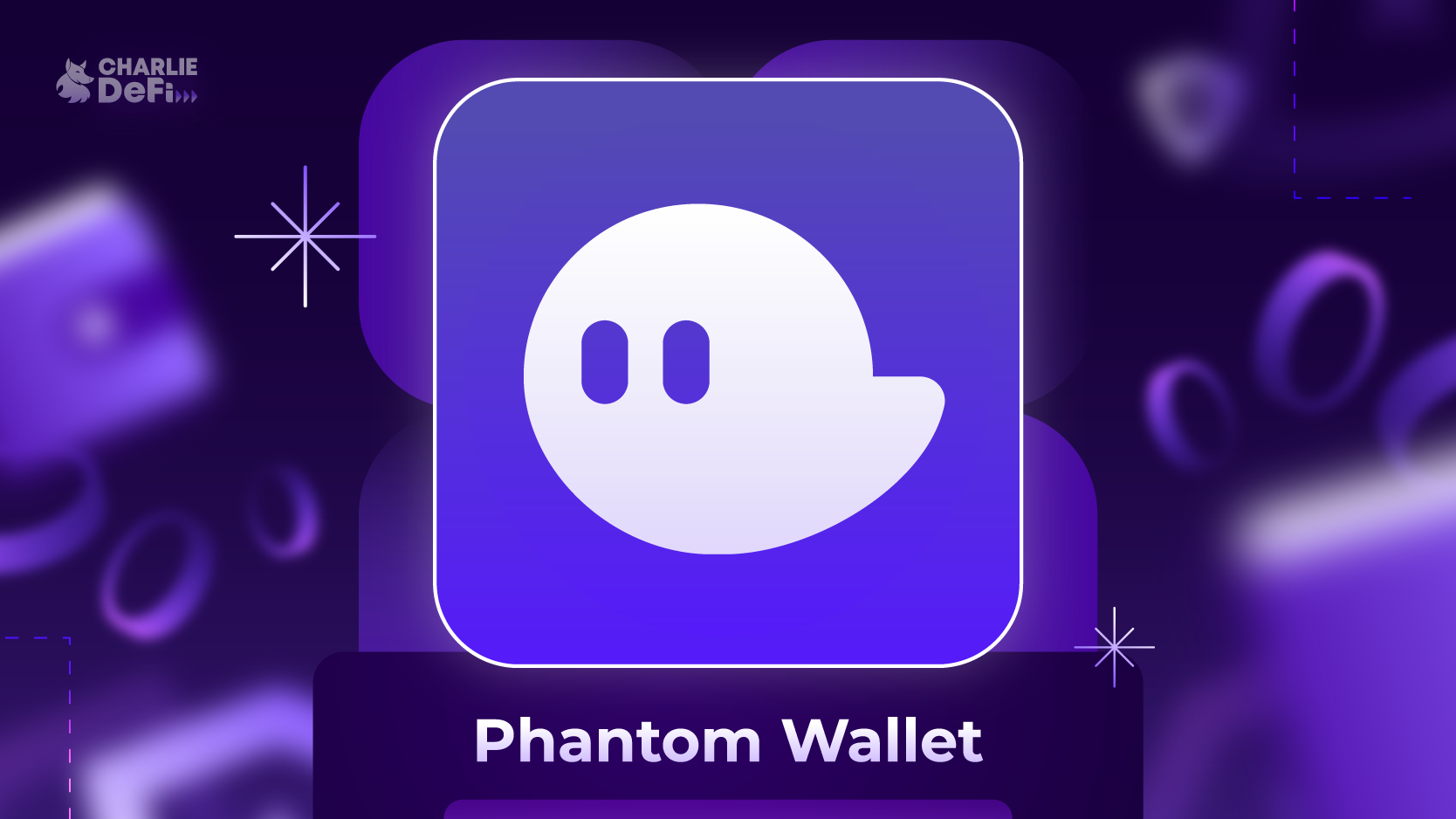Okay, so check this out—when I first dipped my toes into the Solana ecosystem, I was kinda skeptical. I mean, Ethereum’s been hogging the spotlight forever, right? But something felt off about that mindset. Solana’s speed and low fees? That was a breath of fresh air. Seriously, it’s like the difference between sitting in LA traffic and cruising down an open Texas highway. Whoa!
Solana DApps are popping up everywhere, offering everything from DeFi protocols to NFT marketplaces, and the experience is slicker than most blockchains I’ve tried. But here’s the kicker: none of that works smoothly without a solid wallet. And not just any wallet—one that’s user-friendly yet robust enough to handle staking and interacting with these DApps.
My first impression was that handling SOL tokens and jumping into staking would be a headache, but then I stumbled upon the Phantom wallet. This thing’s been my go-to ever since. It’s like the Swiss Army knife of Solana wallets, making everything from basic transfers to complex staking feel intuitive.
Initially, I thought all wallets were created equal, but Phantom’s design philosophy really stands out. It balances security with ease of use, which isn’t easy to pull off. Actually, wait—let me rephrase that: most wallets either skimp on security or are too complicated for everyday users, but Phantom nails both.
Why Staking SOL Matters—and How DApps Amplify the Experience
Staking SOL isn’t just about earning passive income; it’s about actively participating in securing the network. On one hand, it feels like you’re locking your funds away, but actually, you’re empowering Solana’s validators to keep things running fast and safe. The rewards? They can be pretty sweet, especially if you stake regularly and keep an eye on the network’s health.
Here’s what bugs me about some staking platforms, though—they often hide the complexity under layers of jargon. Phantom, however, presents staking in a way that even my tech-averse cousin could get. And that’s no small feat.
Solana DApps add another layer to the story. Many integrate staking mechanisms directly, letting users boost their rewards or gain governance rights. This interactivity is why having a seamless wallet is very very important. Phantom’s integration with these DApps cuts out the usual friction that’s common elsewhere.
So if you’re looking to dive in, the first step is a solid phantom wallet download. It’s straightforward, and the setup guides are actually helpful—for once.
Personal Experience: From Confusion to Confidence
Let me tell you, when I first tried staking through a random wallet, I almost gave up—fees were confusing, the UI was clunky, and I wasn’t sure if my funds were safe. But with Phantom, it was a night-and-day difference. I remember the moment I successfully staked my SOL tokens without a hitch. That feeling? Priceless.
Something else I noticed: the wallet’s built-in support for multiple DApps meant I could switch from staking to trading NFTs in seconds. No need to juggle apps or deal with complex manual transactions. It’s like having a crypto Swiss Army knife, ready for whatever Solana throws at you.
By the way, (oh, and by the way…) the wallet’s security layers gave me peace of mind. It’s not perfect, nothing is, but the hardware wallet support and seed phrase backup are pretty straightforward. I’m biased, but I think that’s a big deal for newcomers who might be intimidated by crypto’s risks.
On the flip side, I did notice that sometimes the network congestion affects transaction speeds unpredictably. On one hand, Solana prides itself on speed, but actually, occasional hiccups remind me that the tech’s still evolving. Still, Phantom’s handling of errors and confirmations is better than I expected.
Is Phantom the Wallet for You?
If you’re planning to engage with Solana DApps or want to stake your SOL tokens, choosing the right wallet is crucial. Phantom isn’t perfect, but its blend of usability, security, and DApp compatibility makes it a top contender. The community support and regular updates also show they’re committed to keeping it sharp.
Honestly, I’m not 100% sure if Phantom will be the one-stop solution forever, but for now, it’s hands down the smoothest experience I’ve found. If you’re just starting out or even if you’re a seasoned user looking for less hassle, I’d recommend giving it a shot. You can grab the latest version with a simple phantom wallet download—no circus, no fuss.
So, what’s next? Well, the Solana ecosystem is growing fast, and wallets will have to keep up. I’m curious to see how Phantom evolves, especially with more complex DeFi products and cross-chain initiatives brewing. But for now, it does the job—and does it well.
Common Questions About Solana Wallets and Staking
Can I stake SOL directly from my Phantom wallet?
Yep! Phantom supports staking within the wallet interface, letting you delegate your SOL to validators easily. It’s streamlined for both beginners and seasoned holders.
Are Solana DApps safe to use with Phantom?
While no system is 100% risk-free, Phantom offers solid security features and isolates DApp interactions to protect your assets. Still, always double-check the DApp’s reputation before connecting.
How do I get started with Phantom?
Just head over to the official phantom wallet download page, follow the setup instructions, and you’re good to go.
